
Effective Listening and Interpersonal Communication Skills
for Customer Service Representatives
Effective listening and interpersonal communication skills for customer service representatives are crucial in ensuring that customers are satisfied and less likely to desert an organization. Many customer service representatives assume that they know how to effectively listen to their customers. After all, don’t they do it every day? The response to that question for many of them is a resounding NO!
What a lot of people who deal with customers think of as listening is actually the physiological process of hearing. In that process, sounds are gathered through the ear and transmitted to the brain. Unless the person then takes time to focus on the context of the message, analyze it and respond appropriately, listening has not occurred.
The following tips can increase customer service effectiveness, help build customer loyalty and satisfaction and aid customer retention.
Learn how to effectively listen to your customers. You can do this by taking the time to read articles and books and attend listening training sessions on the topic.
Identify your own listening abilities and limitations. An easy way to accomplish this is to record yourself interacting with people who you know (e.g. family and friends) in order to hear what they hear during a conversation. If you are not listening and responding appropriately in such instances, you won’t do so with your customers either. Also, ask people you know well to rate you on various aspects of listening (e.g. attending to their messages and responding appropriately to what they said).
Recognize the verbal and nonverbal cues sent by customers. The majority of meaning in a message between two people is derived from the subtle unspoken cues that they send. If you are not familiar with such messages, study the topics to increase your awareness. Then make it a habit to focus on the “whole” message a person is sending to you when interacting face-to-face with them. On the telephone, learn to identify unspoken messages based on rate, pitch, volume, and inflection of their voice or their word choice and emotion.
Use paraphrasing throughout the conversation. By repeating back or summarizing in different ways, what your customer has said periodically, you can ensure that you understood their need or concern correctly before you offer a response or try to assist them. For example, if a customer calls about a defective product that they received, you might paraphrase with something like, “If I understood you correctly, you ordered _____ and when it was delivered, there was a missing part. Is that correct?
Get feedback from the customer. Do not assume that you responded correctly or that the customer is satisfied with your level of service. You want to be known as a person or organization that delivers excellent customer service. To make that happens, pause and ask for validation and approval throughout your interaction with your customer. Use closed-end questions that start with an action verb to get agreement or verification. Examples are:
- Did I summarize your concern correctly?
- Does what I said help you with this issue?
- Is there anything else that I can help you with?
Realize that each culture communicates differently. There are entire books, training programs, higher education courses and conferences designed around the topic of intercultural communication. Take advantage of these resources if you plan to be successful in working in a diverse workplace or communicating effectively with others in your daily life.
Effective listening is about focusing on your customers and using effective interpersonal communication skills that will make them feel welcomed, cared for and served well. For you to perform your duties effectively as a customer service representative, you have to continually strive to learn and hone your listening skills and other people skills, especially when it comes to dealing with a diverse customer base.
For additional listening and interpersonal communication tips and hundreds of other customer service strategies that can aid in developing the best customer service culture possible, get copies of Customer Service Skills for Success, Please Every Customer: Delivering Stellar Customer Service Across Cultures, and How to Be a Great Call Center Representative.
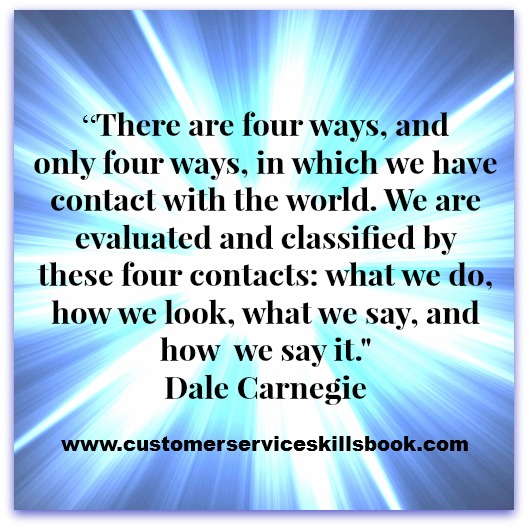 nd the people who work for it based on the first impressions made by front line employees with whom they come into contact face-to-face or via technology.
nd the people who work for it based on the first impressions made by front line employees with whom they come into contact face-to-face or via technology.
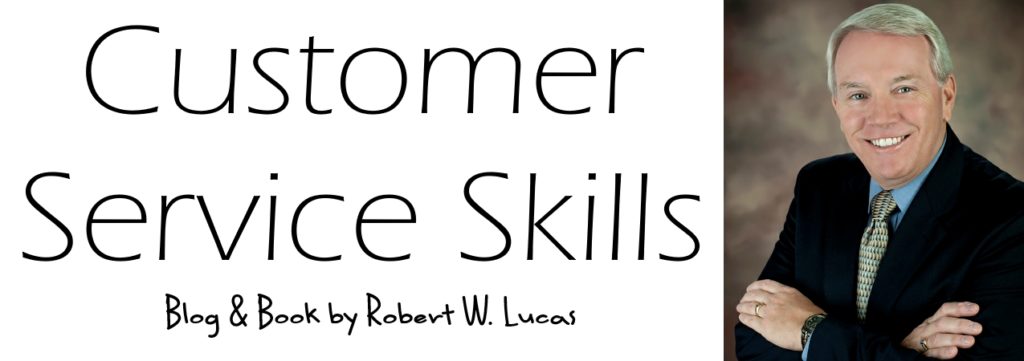


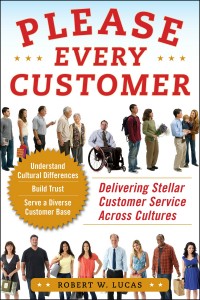
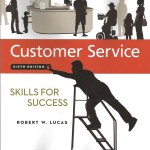



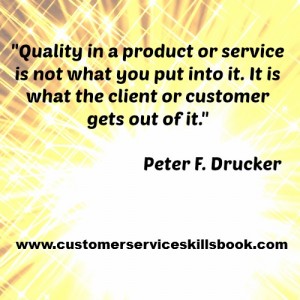

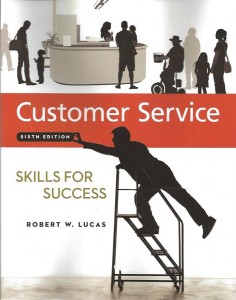 At one point in history, business owners knew their customers personally. They knew their customers’ families, what their religious affiliation was, and what was happening in their lives. Customers dealt with the owners of a business and had personal relationships with them. That was then, and this is now. That is why many customer relationship management initiatives focus on customer loyalty and retention.
At one point in history, business owners knew their customers personally. They knew their customers’ families, what their religious affiliation was, and what was happening in their lives. Customers dealt with the owners of a business and had personal relationships with them. That was then, and this is now. That is why many customer relationship management initiatives focus on customer loyalty and retention.